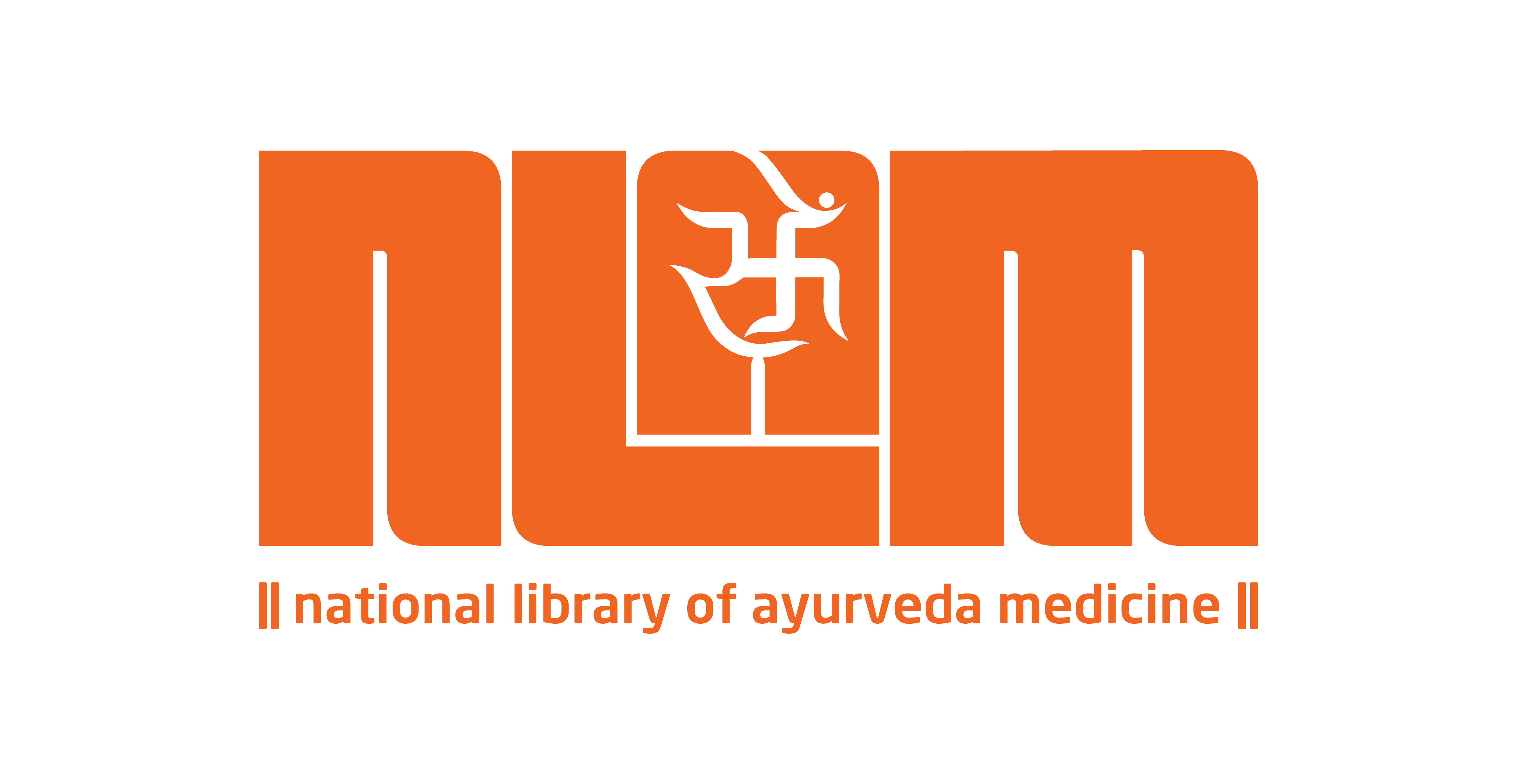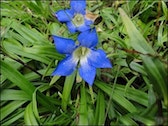
Kutki (Species 1)

Common Names
About  Taxonomy
Taxonomy
 to access the GRIN database record about the specific taxonomical hierarchy (Family, Genus etc.).
to access the GRIN database record about the specific taxonomical hierarchy (Family, Genus etc.).CLASSIFICATION
ALTERNATE FAMILY
SUBTRIBE
CLASSIFICATION
SPECIES
Plant Description
The updated correct name is Gentianodes kurroo (Royle) Omer, Ali & Qaiser in Pak. J. Bot. 20: 16. 1988.
Perennial, with thick rhizome, up to 25.0 cm high herb. Stem glabrous, branched from base. Basal leaves rosulate, 3-11 x 0.4-12 cm, oblong-linear, margin entire-crenate, little reflexed, acute, connate at base, univeined. Cauline leaves 0.8-3.5 x 0.1-02 cm, linear, entire, acute, connate at base forming a tube. Inflorescence terminal. Flowers solitary, pedicellate, showy, 2-6 cm long campanulate. Calyx 22-45 cm long, tube 1-2.5 cm long, lobes unequal, 0.8-2.0 x 0.05-0.2 cm, linear, entire, acute, sinuses between lobes obtuse. Corolla 2-6 cm long, blue, tube 1.5-5.0 cm long, lobes 03-1.25 x 0.4-0.9(-1.0) cm, ovate, entire, acute, plicae 0.2-0.4 x 0.085-0.15 cm, ovate, entire-wavy, acute. Stamens 5, filaments slender, adnate at middle of the corolla tube, slightly winged at base, anthers dorsifixed, bibbed, ± sagittate. Ovary 1-2 x 0.2-0.75 cm, lanceolate, shortly stipitate, style not distinct, stigma bibbed, prominent. Nectaries at base of ovary. Capsule stalked, 2-3.5 x 0.45-1.0 cm, lanceolate. Seeds numerous, oval, reticulate.
Flowering - Fruiting :September-November.
On of the 67 Mahauṣadhi, as per Rasaśāstra texts (rasa literature)., Indian Gentian is used to process Mercury in alchemy. Known as Trāyamāṇa (त्रायमाण) it is the oroginal source fof Katuki and in traditonal medicine "Black Kutki" or "Kedar Buti". It is also known as Trāyantī is a critically endangered plant found throughout the Himalayan mountain range. Its roots are often substituted with Picrorhiza kurrooa Royle ex Benth. (which is also known as kutki or kadu in local language). Other species of Gentian and sometimes the vastly cultivated Picrorhiza scrophulariiflora Pennell. Though all the roots are biotter and produce simiar properties, the vedic Trāyamāṇa is an extremely potent medicine for end stage liver disorders, heavy ,etal toxicity and most importantly in "dehavada" for Hatha Yoga.



 Your current navigation map.
Your current navigation map.